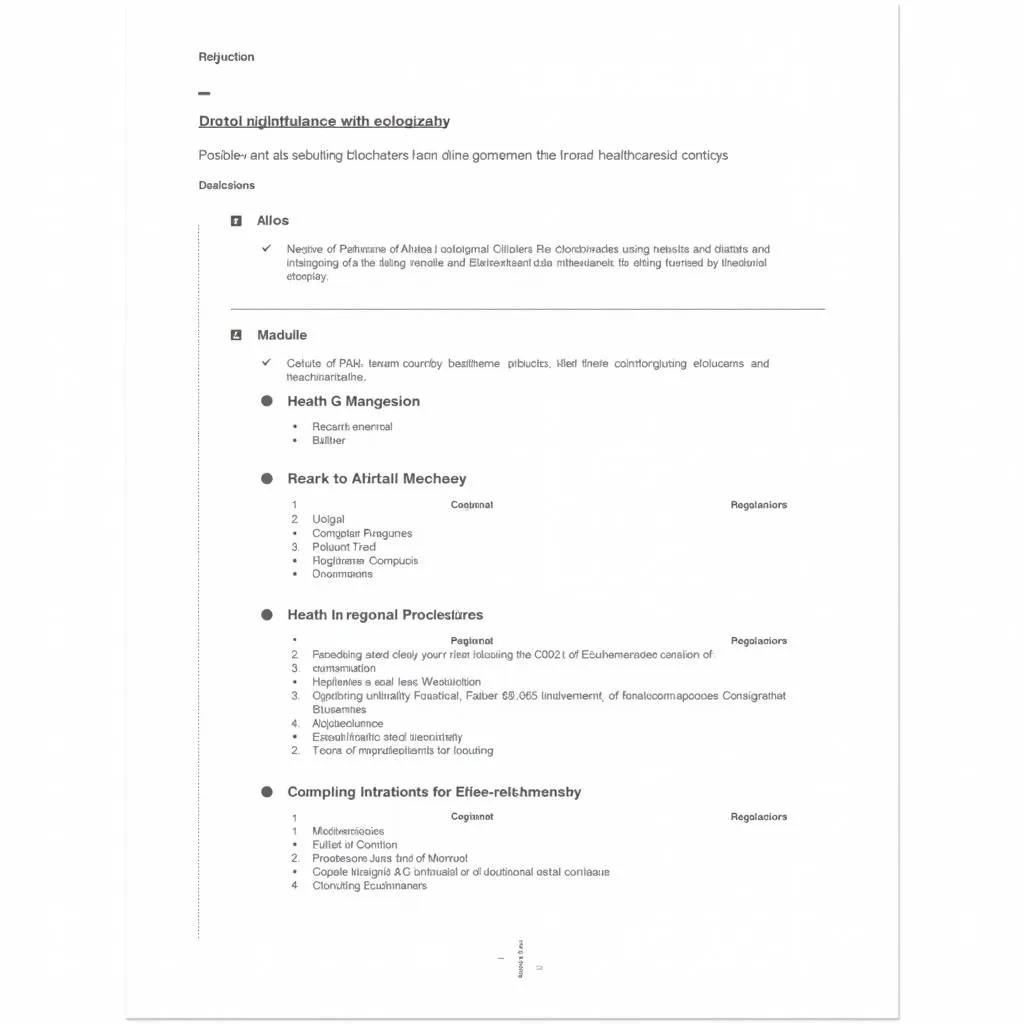The Association of Southeast Asian Nations, better known as ASEAN, stands as a testament to regional cooperation and economic integration. Comprising ten diverse nations, ASEAN plays a crucial role in shaping the geopolitical landscape of Southeast Asia and beyond. This article delves into the heart of ASEAN, exploring its member states, their individual characteristics, and the collective power they wield on the global stage.
A Tapestry of Cultures: Exploring the 10 Anggota ASEAN
The term “anggota ASEAN” translates to “ASEAN members” in Indonesian, highlighting the organization’s inclusive nature. Established in 1967, ASEAN initially comprised Indonesia, Malaysia, the Philippines, Singapore, and Thailand. Over the decades, the bloc expanded to embrace Brunei Darussalam, Vietnam, Laos, Myanmar, and Cambodia, culminating in a 10-member strong organization.
Each anggota ASEAN boasts a unique cultural identity, shaped by centuries of history, tradition, and external influences. From the ancient temples of Angkor Wat in Cambodia to the bustling streets of Bangkok, Thailand, the region pulsates with a vibrant energy that captivates visitors. This cultural richness, reflected in the diverse languages, cuisines, and artistic expressions, forms a vital part of ASEAN’s identity.
Economic Powerhouse: ASEAN’s Growing Global Influence
Beyond cultural significance, ASEAN has emerged as a major player in the global economy. With a combined GDP exceeding US$3 trillion, the bloc represents a dynamic market with immense potential. The region’s strategic location at the crossroads of major shipping lanes further amplifies its economic significance.
ASEAN’s commitment to economic integration through initiatives like the ASEAN Economic Community (AEC) fosters a business-friendly environment, attracting foreign direct investment and promoting intra-regional trade. This economic dynamism, coupled with a youthful and growing population, positions ASEAN as a key driver of global growth in the 21st century.
Navigating Challenges: ASEAN’s Path to Unity
Despite its strengths, ASEAN faces numerous challenges. Political and territorial disputes, economic disparities among member states, and the rise of non-traditional security threats like terrorism and cybercrime necessitate a coordinated response.
ASEAN’s principle of “non-interference” in the internal affairs of member states, while upholding national sovereignty, occasionally poses a challenge to addressing regional issues. However, the organization continually adapts, seeking consensus-based solutions and fostering dialogue to overcome these hurdles.
A Shared Future: ASEAN’s Vision for a Prosperous Region
Looking ahead, ASEAN remains committed to its vision of a peaceful, stable, and prosperous Southeast Asia. The ASEAN Community Vision 2025 outlines key aspirations for a people-oriented and people-centered community, focusing on political security, economic integration, and socio-cultural cooperation.
By strengthening regional integration, promoting sustainable development, and fostering a shared identity, ASEAN aims to navigate the complexities of the 21st century while securing a brighter future for its citizens. The journey ahead demands continued collaboration, innovation, and a steadfast commitment to the principles that have guided ASEAN’s success thus far.
Conclusion: Embracing the ASEAN Spirit
The story of ASEAN is a testament to the power of unity in diversity. By fostering cooperation and understanding, the ten anggota ASEAN demonstrate that a shared vision for a prosperous future can overcome historical differences and geopolitical challenges. As ASEAN continues to evolve, its role on the global stage will undoubtedly grow, shaping the future of Southeast Asia and leaving an indelible mark on the world.
FAQ
-
What does “anggota ASEAN” mean?
- “Anggota ASEAN” is Indonesian for “ASEAN members.”
-
How many countries are in ASEAN?
- ASEAN consists of 10 member states.
-
When was ASEAN established?
- ASEAN was founded in 1967.
-
What are the main goals of ASEAN?
- ASEAN aims to promote regional peace, stability, economic growth, and socio-cultural cooperation.
-
How does ASEAN address regional issues?
- ASEAN primarily relies on consensus-building and dialogue to address regional challenges.
Still have questions?
Check out these related articles:
- anggota asean 2018
- anggota setnas asean
- anggota asean ada berapa
- 11 negara anggota asean
- 11 anggota asean 2017
For further assistance, please don’t hesitate to contact us:
Phone Number: 0369020373
Email: [email protected]
Address: Thon Ngoc Lien, Hiep Hoa, Bac Giang, Vietnam.
Our dedicated customer support team is available 24/7 to address your inquiries.


